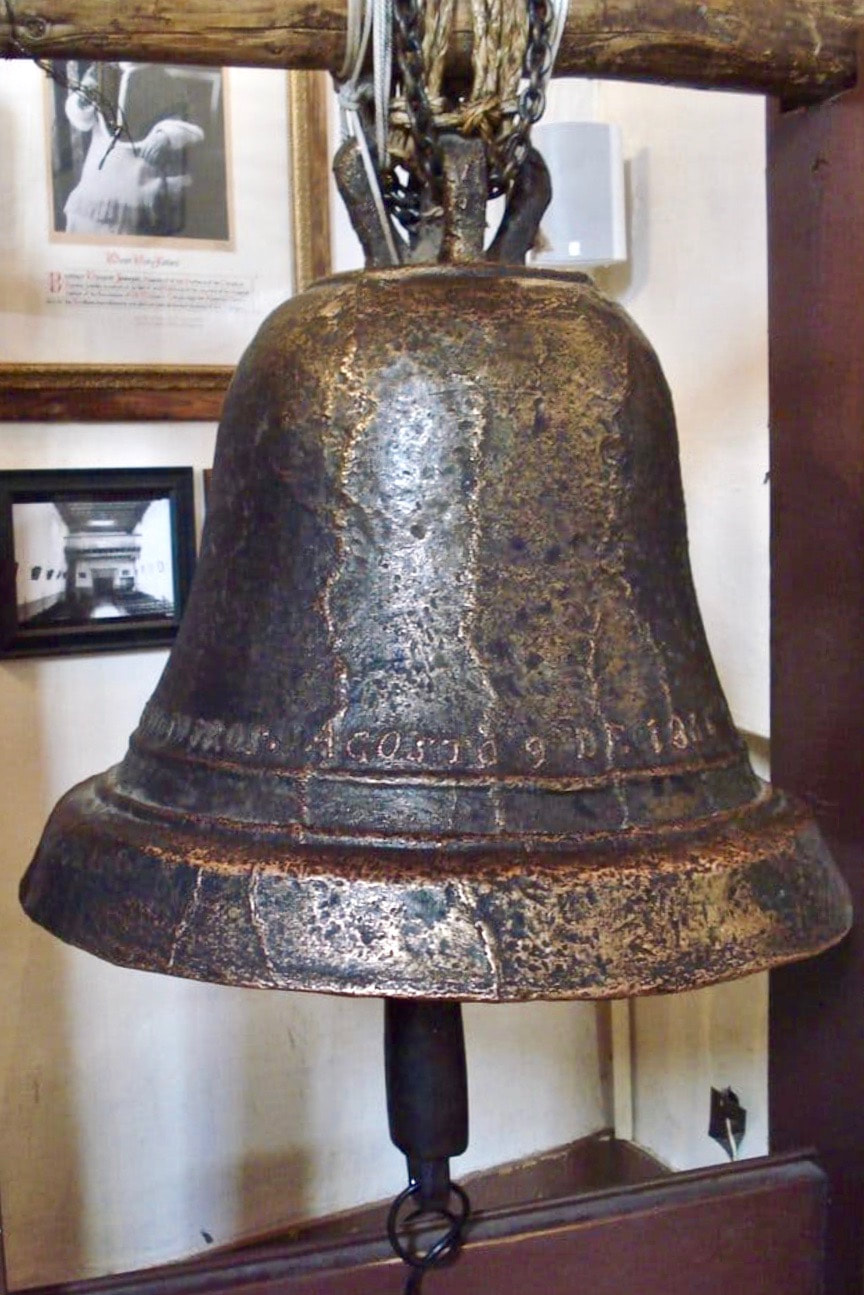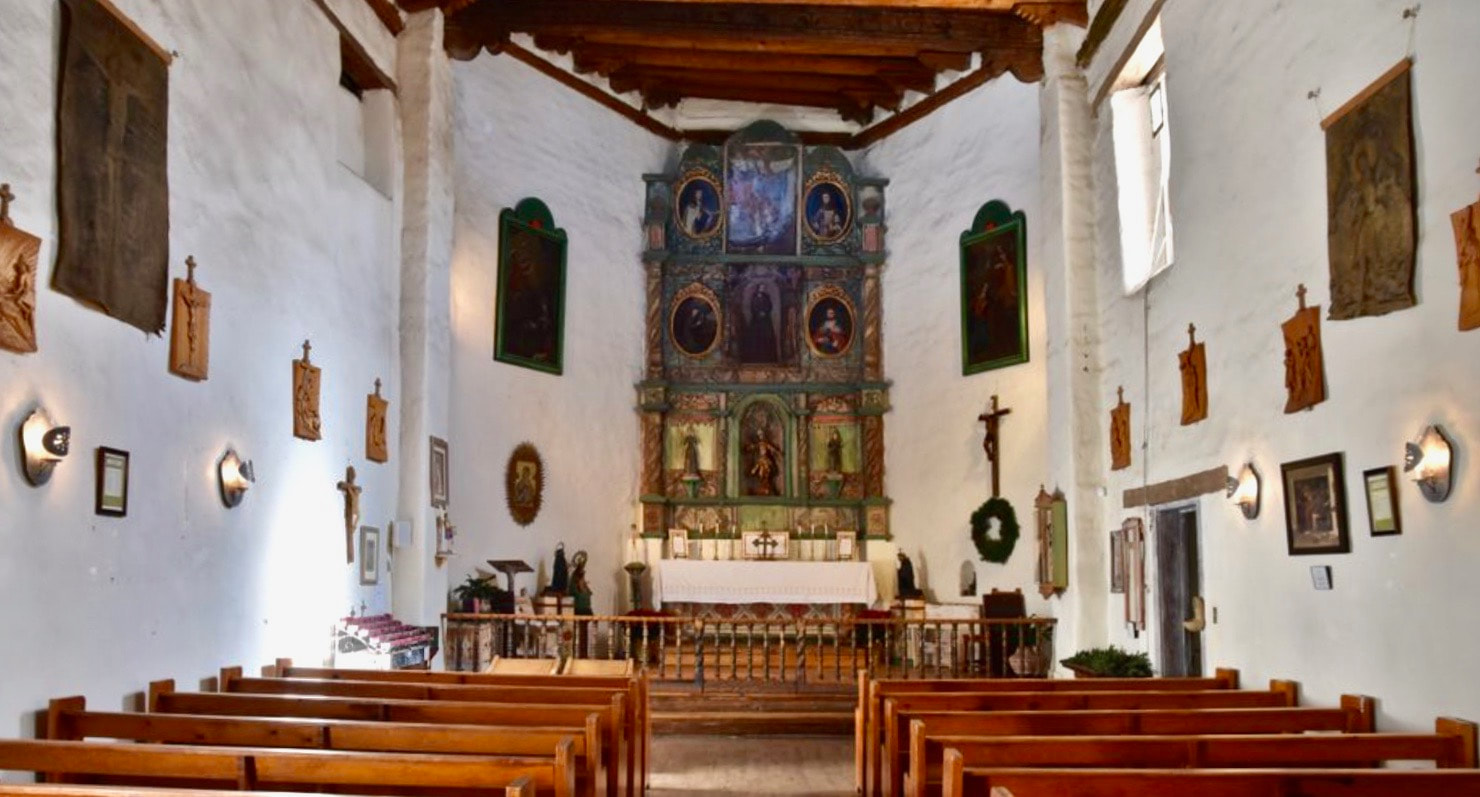The Hispanic-American History Timeline
1610-26 San Miguel built by Tlaxcalan Indians, becomes oldest church on the U.S. mainland
|
Misión San Miguel Church, a mission chapel that is to become the oldest church in the continental United States, is built by Tlaxcalan Indians led by Franciscan padres in present-day Santa Fe, New Mexico. Taking many years to complete, it is built with adobe walls, above an ancient sacred house of worship known as a “kiva” of the Analco Native American tribe.
Also known as San Miguel Chapel, and originally called “La Hermanita de San Miguel,” the chapel is named after St. Michael the Archangel, and serves as a place of worship for small groups of Tlaxcalan Indians, workers, artisans and Spanish soldiers who live in the area south of the Santa Fe River. They all built homes in an area that comes to be known as Barrio de Analco, which takes its name from the Tlaxcalan word “Analco,” meaning “the other side of the river.” Although damaged several times by feuds and rebellions, San Miguel is always rebuilt. In 1640, parts of the chapel are destroyed by Spanish soldiers, as the result of a feud – over Spanish mistreatment of the natives – between Provincial Spanish Governor Luis de Rosas and the Franciscans who stood up for the natives. But the damage is repaired and the chapel remains active for 40 more years, until the natives rebel against the Spanish forces in what comes to be known as the Pueblo Revolt of 1680. As the Spanish are driven out of the area, the chapel is set on fire, loosing the roof, ornaments and all except its adobe walls. Twelve years later, in 1693, after the Spanish re-conquer Santa Fe, Governor Don Diego de Vargas orders the reconstructions of the church. However, because of lack of wood and other building materials, it takes another 17 years to complete and San Miguel reopens in 1710. In 1798, the city of Santa Fe pays for the reconstruction of chapel’s altar. In 1872, a catastrophic storm brings down the bell tower, but it is rebuilt two years later. The chapel features a 14th century bell known as the San Jose Bell, because its inscription seeks prayers from St. Joseph, husband of Mary, the Mother of Jesus. “San Jose, rogad por nosotros,” the inscription reads. Today, San Miguel Chapel is one of the most vivid illustrations of adobe architecture representing the cultures of Spanish settlers and Native Americans. The interior of the mission is surrounded with wooden Catholic artifacts and rare paintings from colonial Mexico. The chapel’s artwork centerpiece is the Statue of Saint Michael the Archangel, dating back to 1709 and brought to the chapel in 1798. San Miguel is open 7 days a week and celebrates Mass on Sundays. The “Barrio de Analco Historic District” is now a U.S. National Historic Landmark. By Stephanie Gil, Lehman College |















